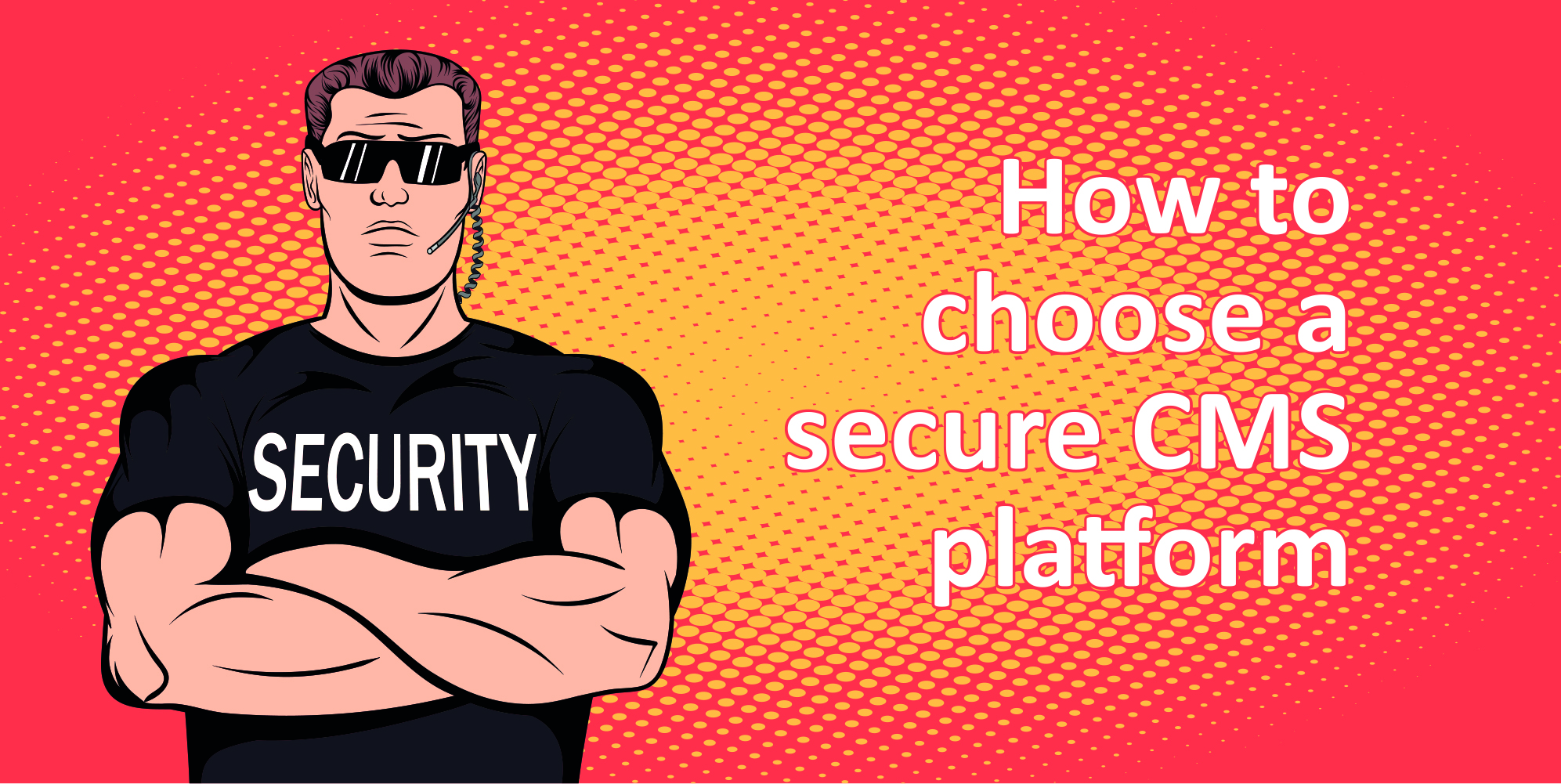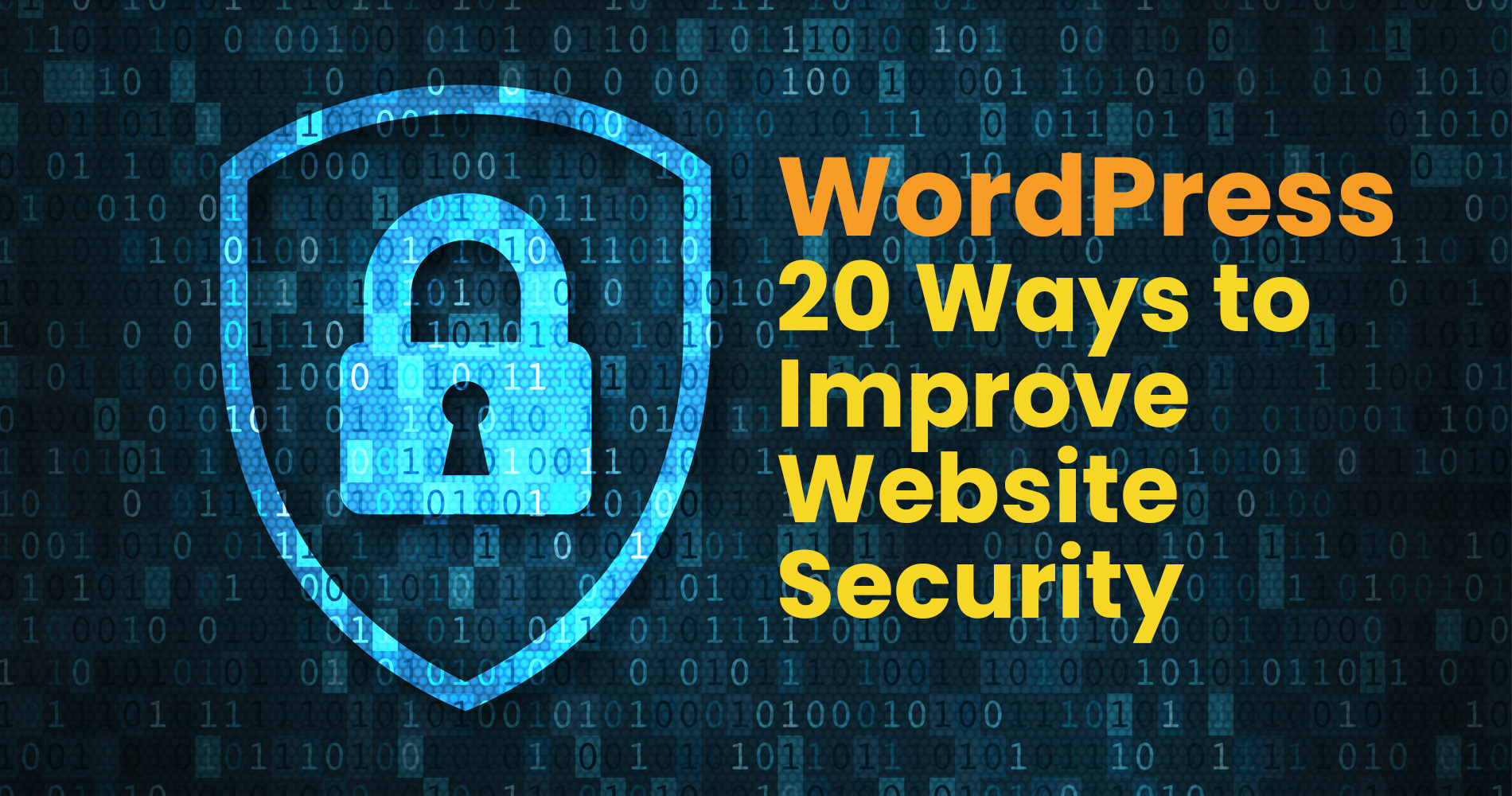Which is more secure? Open Source versus SaaS? Open-source platforms enable everybody to access the source code of the system. New vulnerabilities are very easily exploited, but they're also swiftly detected and remedied by contributors to the development community along with the platform’s primary team.
SaaS applications, or proprietary systems, ensure their program code is inaccessible. Anytime security weaknesses are uncovered, they can only be addressed by the software’s principal development team.
So, which platform is more secure? Open source or SaaS?
Open-Source Website Security
When you consider the numbers rationally, it seems as if open-source systems are more vulnerable and open. According to an industry report, the 3 most affected platforms were WordPress, Joomla and Magento, all of which are open source.
However, the same report does point out that the popularity of these systems will play a considerable factor in their data. As stated by Envisage Digital, WordPress powers 37% of all websites on the internet in 2021. Likewise, Joomla followed by Magento are both amongst the most popularly used CMS platforms.
Open-source platforms (particularly WordPress) have a significant weakness: the responsibility of the website operator. Also stated in the same report mentioned earlier, the foremost reason for compromised websites is website owners failing to update their websites, overlooking extensions, or not necessarily understanding basic website security standards.
Compared with proprietary websites, that manage the security of their own software and update globally, open-source platforms call for continuous and intentional updates by the owner, including:
- Implementing emerging system patches
- Updating extensions and plugins
- Site administrator management
No matter how secure platform itself is, if the administrator fails to action the correct maintenance it may become insecure fast.
Which Open-Source Solutions Are Most Secure?
Both open source and SaaS platforms are backed by a main team of developers, responsible for maintaining the system by delivering patches that ensure the framework is optimised and updating all uncovered security weaknesses.
Open-source platforms which are supported by a significant, dynamic, development community are usually more secure. By permitting everybody to access the code, the number of developers dealing with vulnerabilities is likely to be much greater than proprietary software.
Drupal, Joomla, and WordPress are all supported by considerable development communities.
SaaS Website Security
SaaS applications take care of their own security with system updates. These occur without your knowledge constantly, and if you're operating on a SaaS framework now it’s possible that you never notice them. Given that SaaS platforms regulate their own security revisions, the responsibility for managing security sits with their development teams. Whilst this can mean significantly less monitoring, lack of control may be a downside for some websites.
Typically, SaaS applications don’t understand the essentials of your website. They must have the ability to indiscriminately implement system upgrades and update elements without potentially "breaking" your website. This means they must know precisely what constituents are installed and employed. You may simply have the opportunity to modify your website via an API or their tools.
Which SaaS Solutions are Most Secure?
In general, the all-around security of a SaaS system can be measured depending on its reputation and the persistence of its core team.
HubSpot, Squarespace and Wix, are supported by a specialist team of developers:
Developing a More Secure Website
Website security is a primary risk area for most organisations. You're responsible for the website you manage, it effects SEO, the user experience, and the all-around performance of your website. No body wishes to be vulnerable, and the easiest method to protect your website is to invest in more secure SaaS platform or ensure you maintain your open-source solution.






